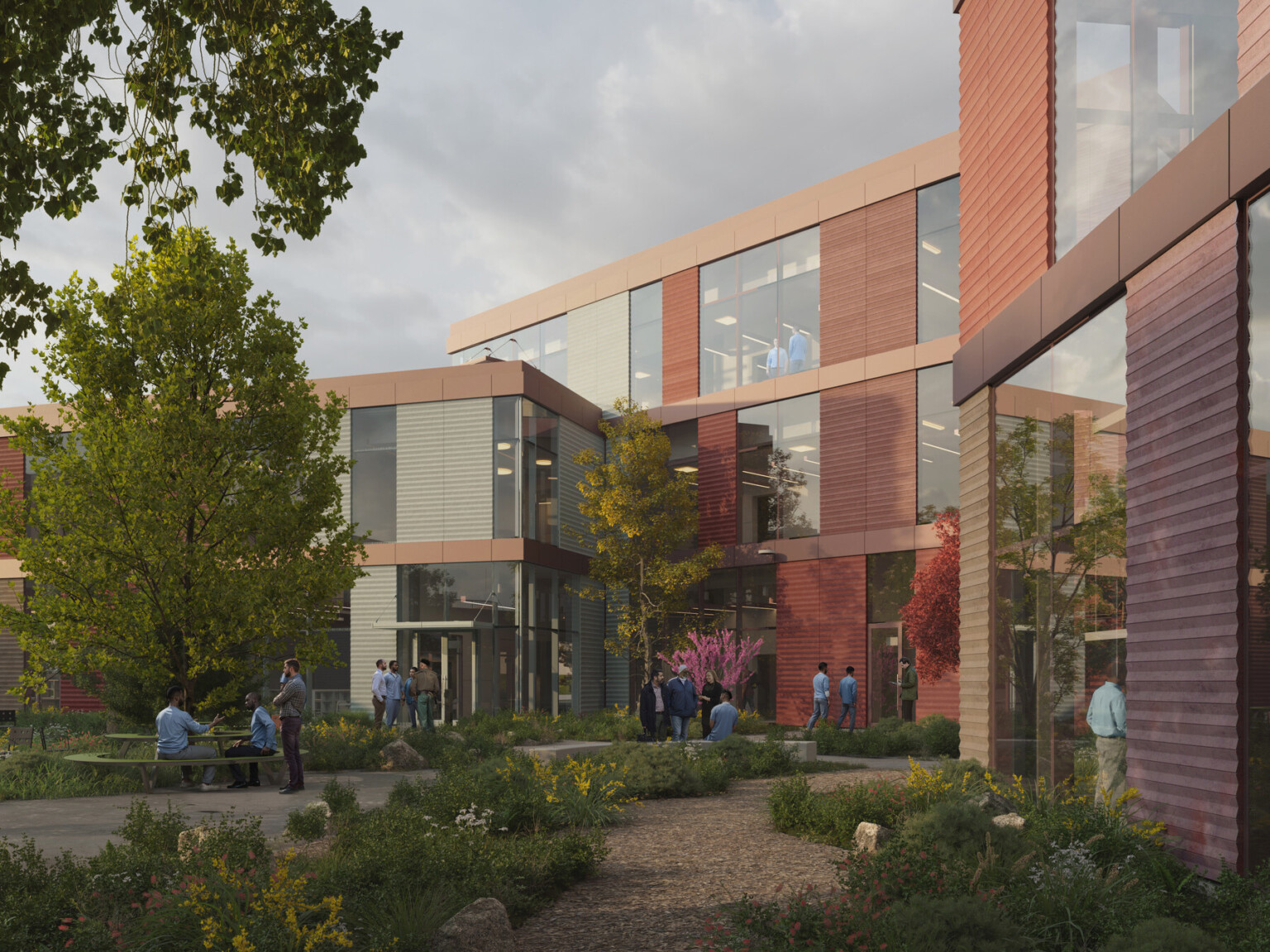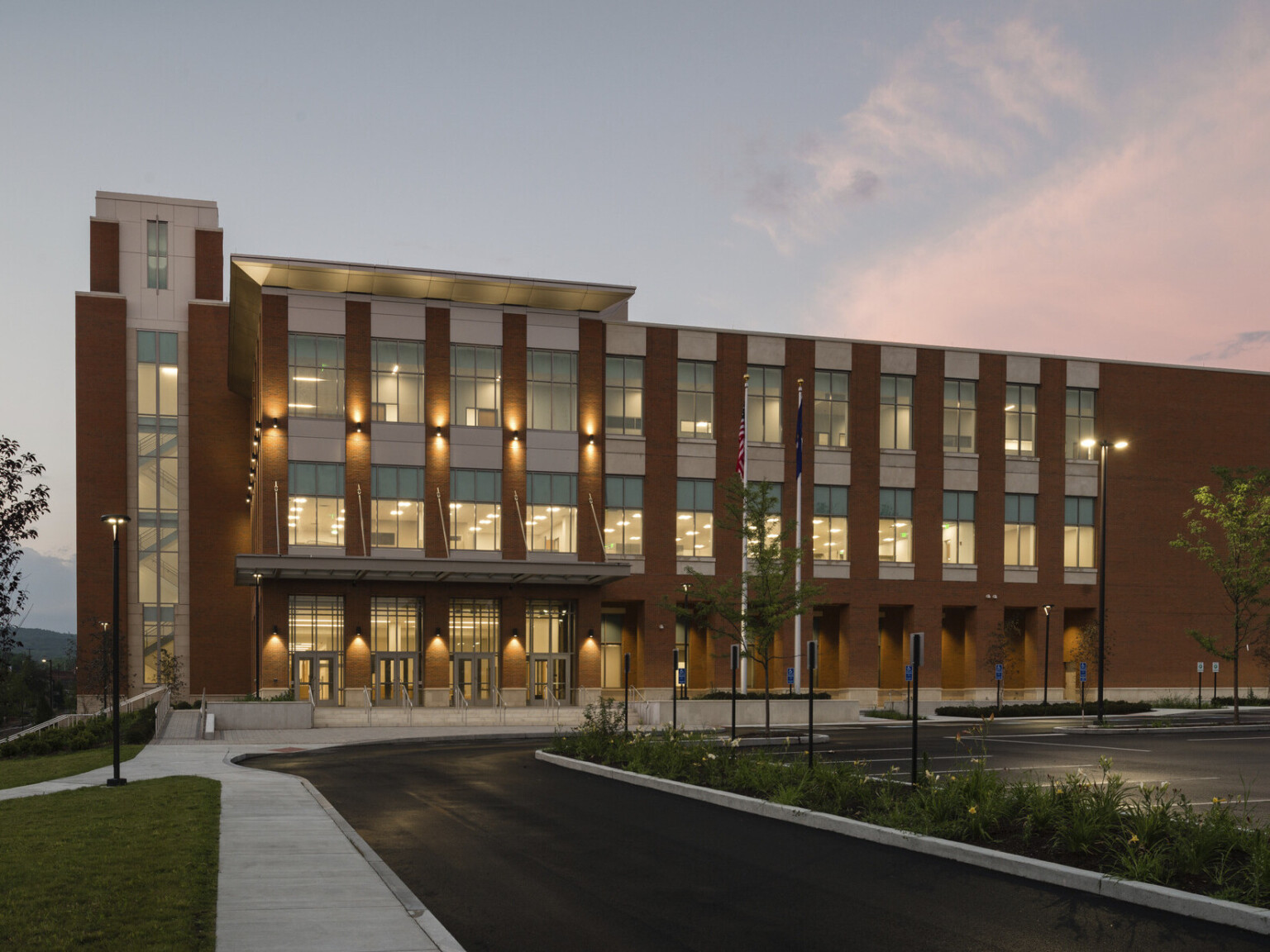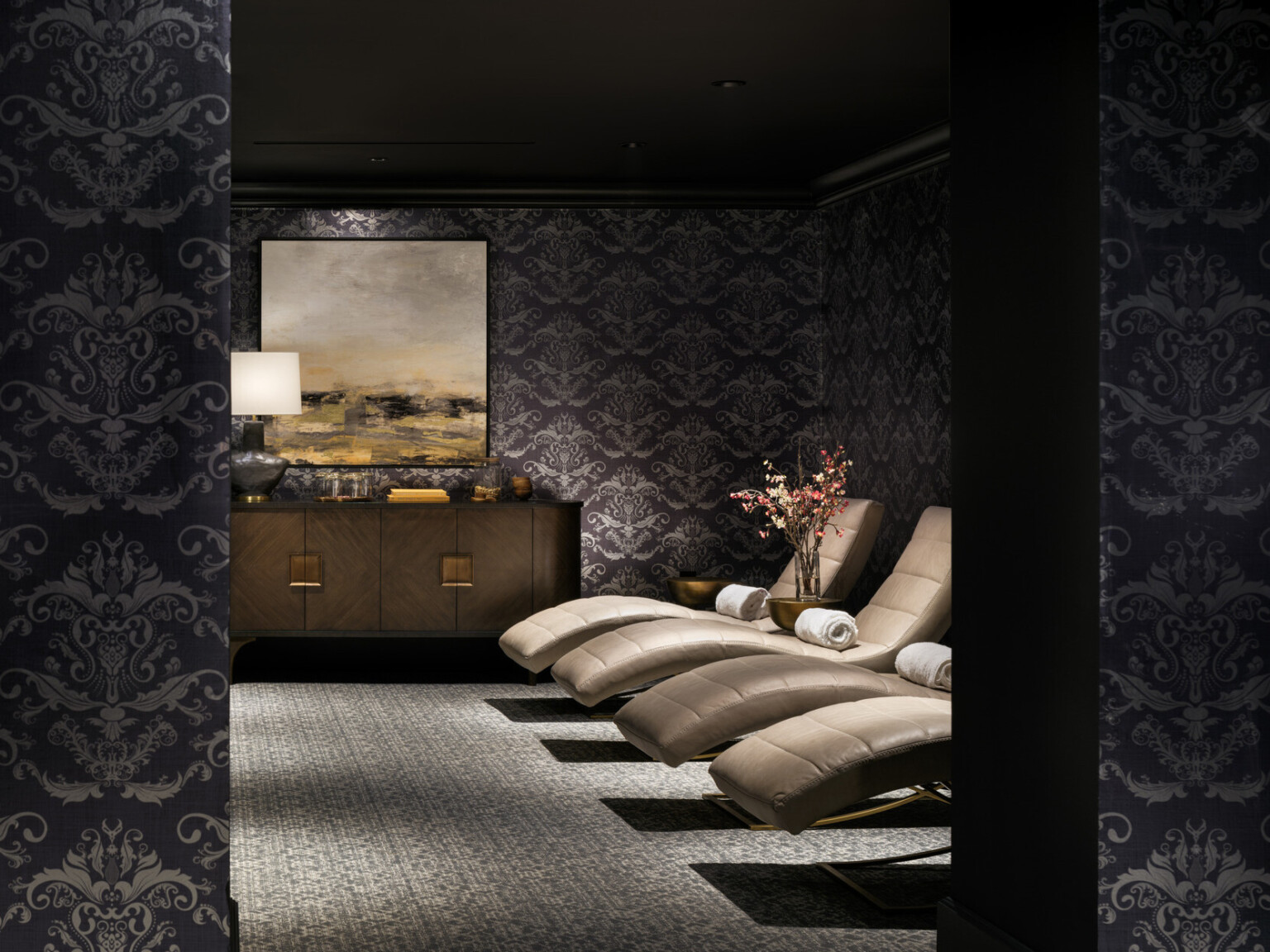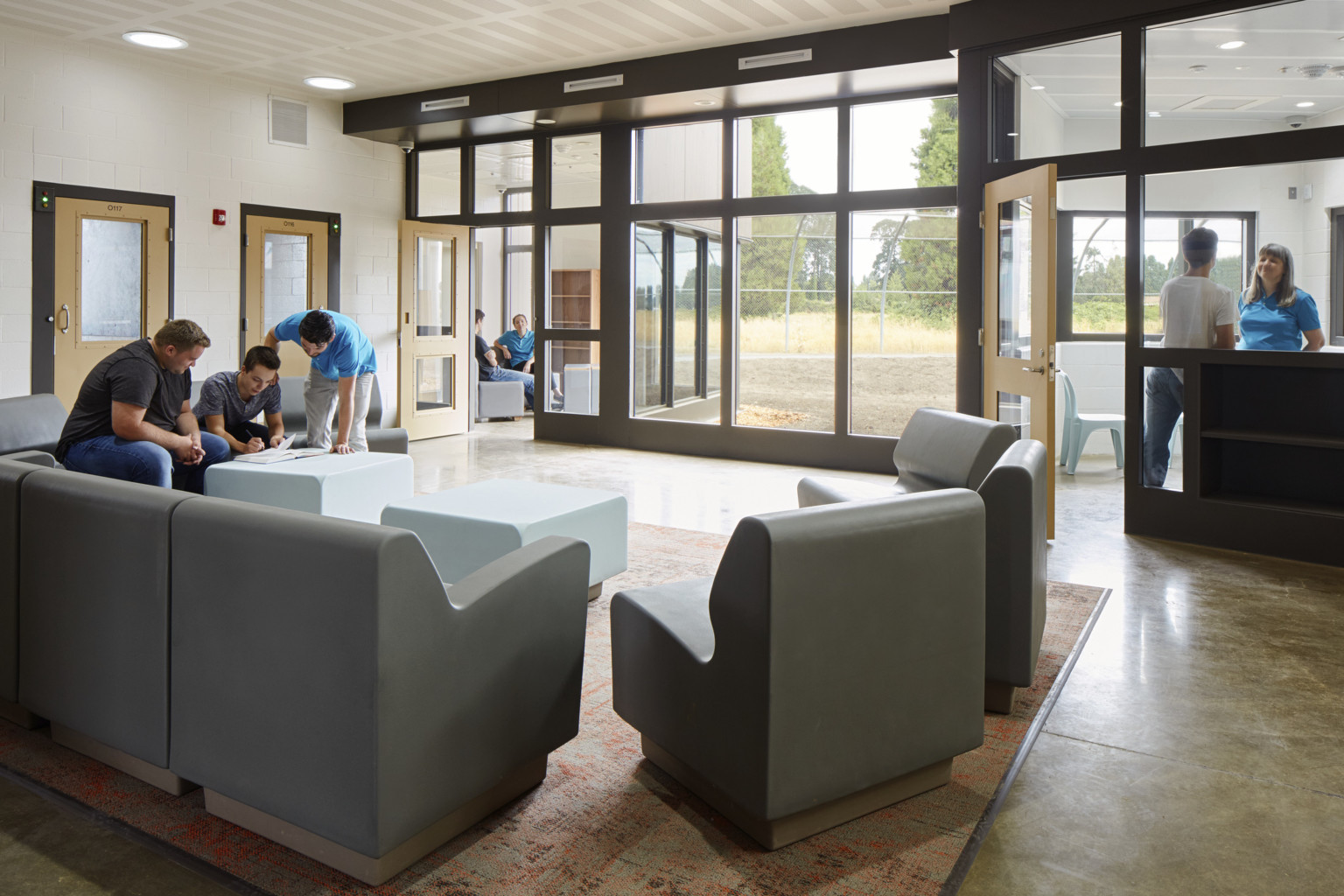
Addressing Mental Illness in Detention Settings through Design
New Initiatives for Change
Over the past decade, many programs have addressed this issue, from court diversion programs to community-based programs to in-custody treatment. Despite well-meaning efforts, the problem continues and the jail population continues to grow with those diagnosed with behavioral health issues.
One initiative gaining national momentum is “Stepping Up Together,” which is aimed at reducing the number of people with mental illnesses in jail. Sponsored by the National Association of Counties, the Council of State Governments Justice Center, the American Psychiatric Association Foundation, and the Bureau of Justice Assistance, it calls on counties across the country to reduce the prevalence of people with mental illnesses held in county jails.
The goal of this initiative focuses on four key measures:
- Reduce the number of individuals booked into jail with mental health issues
- Reduce their length of stay
- Improve treatment by collecting data and benchmarking to inform programs
- Reduce recidivism.
So where does the architecture of detention facilities intersect and support the four key measures of this initiative?
Design Considerations
Designing detention facilities requires counties to identify and address a priority of treatment and restoration in a therapeutic healthcare environment with a custody overlay. In these settings, security ensures safety of staff and inmate patients while working in partnership with medical and mental health care professionals who provide treatment and services within the housing units. Increased program space is required to allow treatment staff to implement programs with a continuum of care, both within the facility during detention, as well as following an inmate’s release.
When a county engages a design firm to assist in assessing the need for a new or renovated space for medical and mental health treatment, one of the first questions the design team must ask is, “What is the commitment and mission of your leadership in addressing mental illness issues within the jail?” Based on the project stakeholders’ feedback, the design team must tailor its recommended approach to how space can contribute to the project goals. For maximum impact, a successful design team will translate the project objectives into improved efficiencies and healthy environments for healing and transformation.
In designing intake and release areas within a jail, efficiency of operations and movement for all parties is essential for a number of reasons, including minimizing confusion and stress levels, and returning public safety officers to their patrol as quickly as possible. The importance of a well-designed intake, transfer, and release area cannot be overstated.
Design teams must also understand how every client defines mental illness and severe mental illness (SMI) and use this definition in helping to define space and program needs to affect the most efficient and cohesive approach.
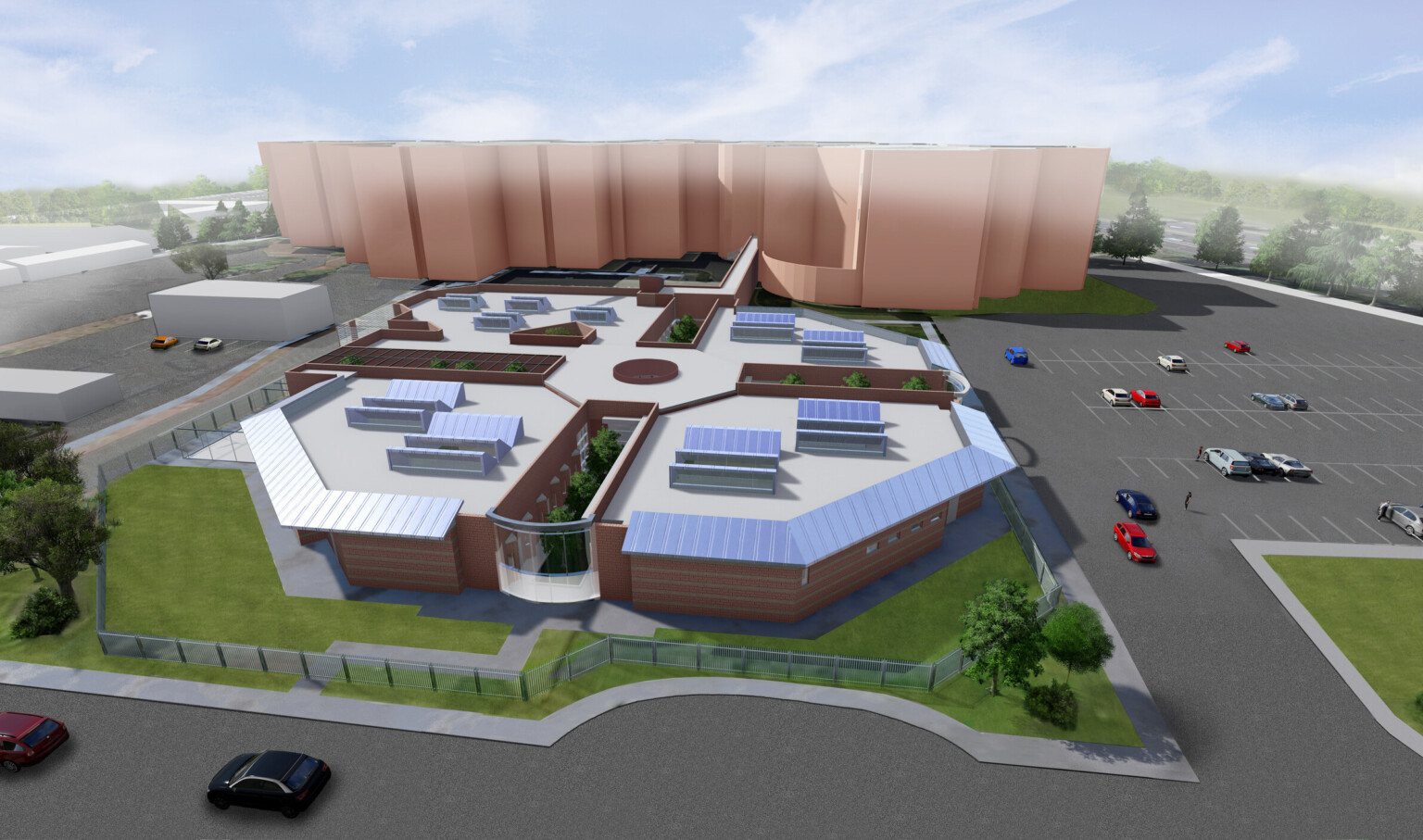
Operations, Flexibility, Access
Often the most difficult part of the job for justice design professionals is to create flexible designs that are operations-oriented and allow the intake process to occur concurrently with release and transfer processes. Adequate space for officer interaction calls for privacy during security screening and initial booking. Equally important is immediate access to medical exam and interview rooms for both medical and mental health assessment. These spaces need to be private yet observable by security, with close proximity to main work areas for the staff who conduct assessments. Critical to any treatment-based focus is the ability for security and non-sworn medical and behavioral health staff to work side by side.
Programming space enables jurisdictions to provide more evidence-based programs and cognitive behavioral therapy to the medical/mental health population in a physical layout that is secure and safe for both staff and inmates. Features that support evidence based programs include:
- Direct supervision model of inmate management
- Smaller unit sizes to maximize classification flexibility and treatment
- Increased opportunity for out-of-cell time
- Treatment spaces on the unit
- Decentralized mental health staff located within units
- Security staff and mental health staff partnering in treatment
- Residentially inspired, or normative, environments
- Increased views to nature
- Reduced noise levels for improved acoustics to lessen stress
- Access to daylighting
- Fresh air
Success in the planning, design, and construction of state-of-the-art detention facilities demands that design improve operations and behavior, and respond to the needs of the community, sheriff, and staff. Collaborating with counties who embrace the Stepping Up Initiative will always lead to more holistic solutions to overcoming our challenge of improving the lives of those suffering from mental health issues within our justice system.








